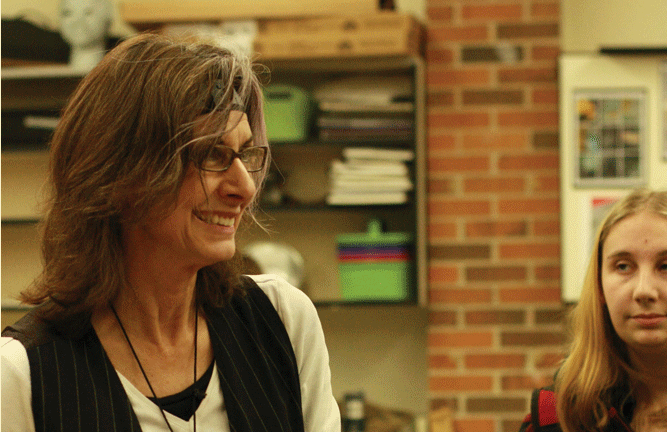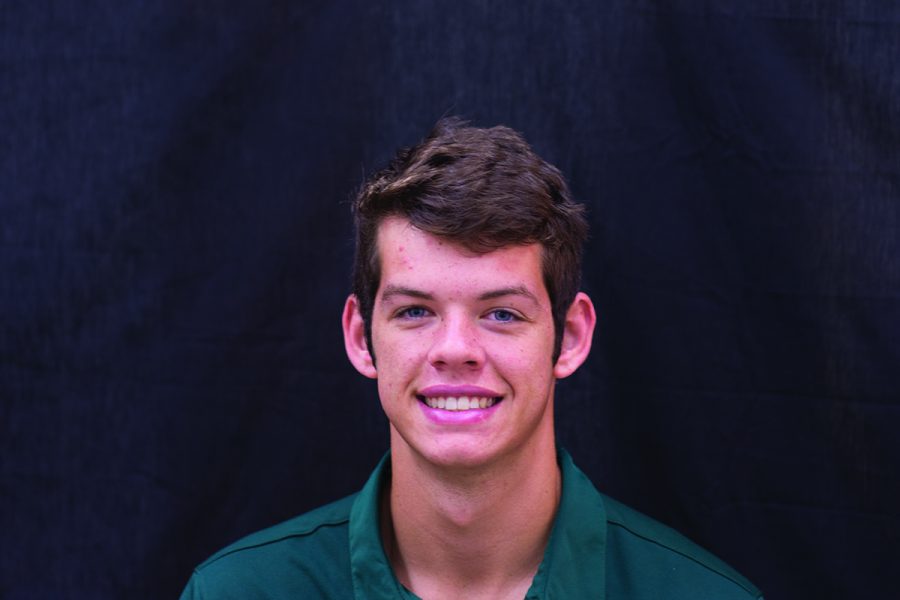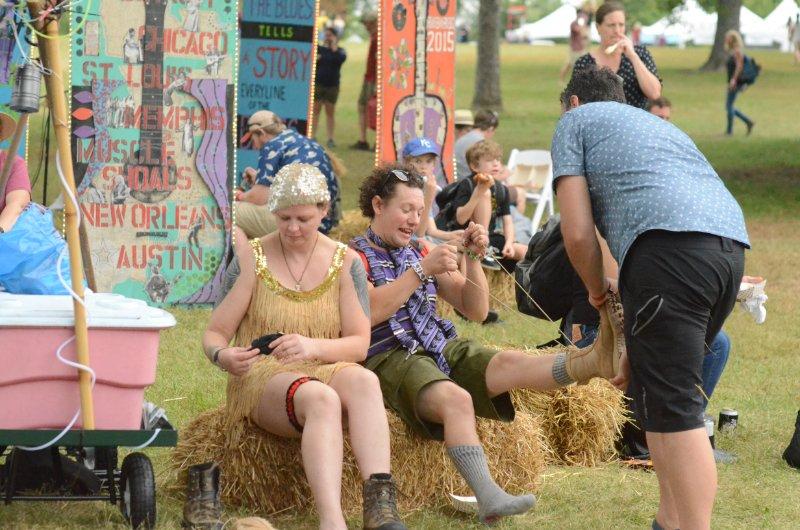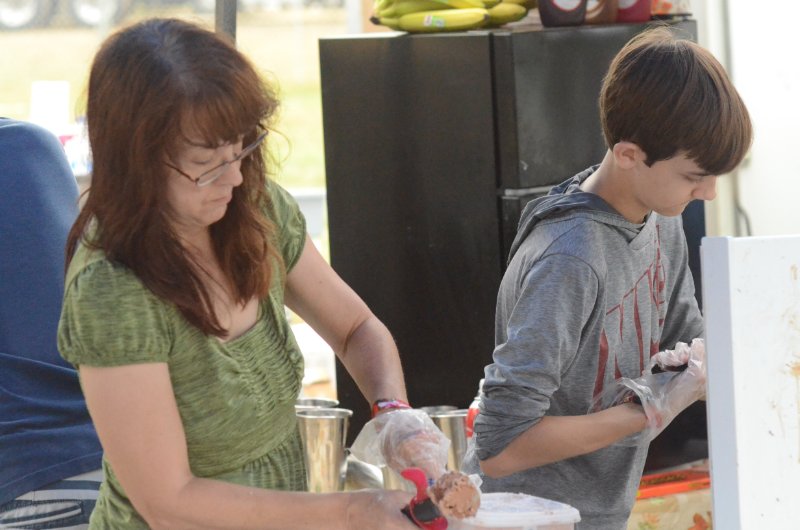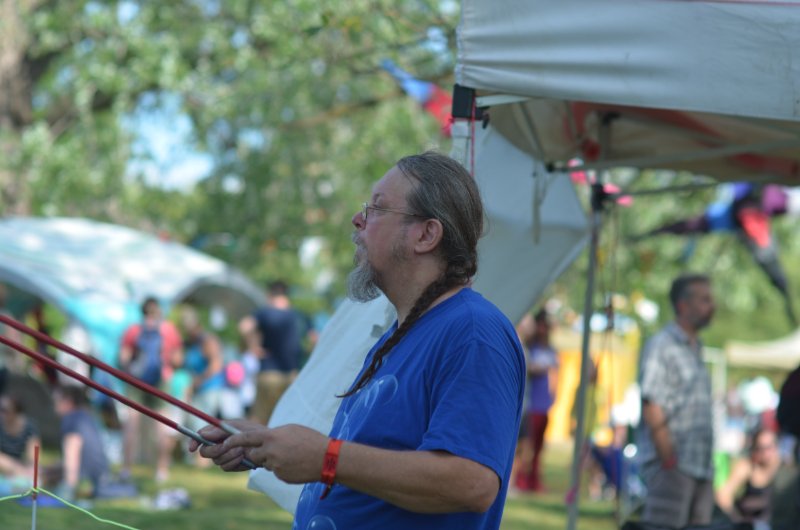
“I always knew that I wanted to be an art teacher; I wasn’t one of those people that changed majors and tried a bunch of different things,” Hyatt-Wade said. “I always felt that I wasn’t getting the kind of instruction that I would like to get. I always thought it could be done better, so I wanted to teach art in a new and different way.”
Keeping the learning environment interesting and intimate never fell short when student teachers entered the classroom to observe the unique ways Hyatt-Wade interacted with her students.
Hyatt-Wade “has taught me more about teaching than I learned in college,” art teacher Abbey Trescott said. But “as a new teacher, I still have a million questions. She has taught me the most interesting and cool things that I have never experienced.”
Trescott got the opportunity to teach “A” day art classes this year as RBHS, as Hyatt-Wade decided to go part-time because of health issues. Since last year, she only teaches on “B” days, something she said she was comfortable with since she could trust Trescott with that big of a responsibility.
“I felt like it was just a natural transition because everyone was so close to Trescott that for the students it was going to be just fine,” Hyatt-Wade said. “That has been such a comfort to me also because we are close. We call each other and talk a lot so that I can really stay on top of anything that might be going wrong.”
Although she is leaving a strong art community and her “second family,” Hyatt-Wade still believes the art department at RBHS will keep a classroom environment where students are free to make their own choices, receive optimal technical education and widen their views.
“We don’t want it to be just about that we want them to be global thinkers, divergent thinkers to connect diverse disciplines through their art, to figure out who they are through their art,” Hyatt-Wade said. “We want a content rich program to remain and one where students feel respected.”
In order to provide such a program, the art curriculum at RBHS has established several relations with the community, including University of Missouri—Columbia, Columbia College, Perlow Stevens gallery and the Columbia Art League. Hyatt-Wade said she wants the connections to further expand in the upcoming years, and such intensions of hers, along with many others, have redefined art for many students at RBHS.
“Hyatt has always been much more than a teacher to me. In the very first day of [studio art], I fell in love again with art. While she pushed me to my full potential, she also was there with open arms and words of comfort. I told her things I didn’t even tell my best friends. And just this year when I was confused and afraid about college and actually starting my life, Hyatt again was there with guidance and kindness,” senior Torie Deckert said. “Thanks to her I now know what I want to do with my life.”
With Hyatt-Wade’s help, Deckert has decided to go into education. She said Hyatt-Wade has taught her teaching isn’t just in a classroom; it’s a way to touch lives.
For Hyatt-Wade the art room is a place where students can come and express themselves.
“I want people to know the enormous scope of the fine arts and not think of it as drawing a better apple,” Hyatt-Wade said, “but as a way of changing the world.”
By Shawn Crouch












































































